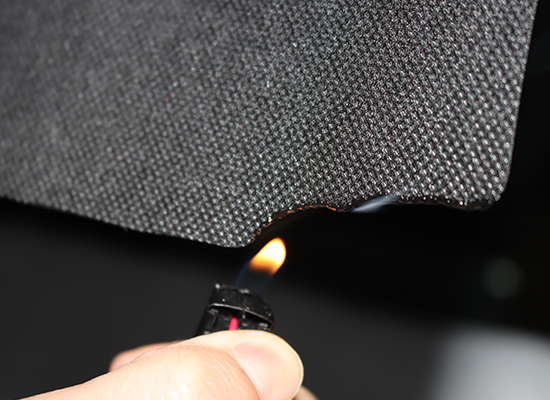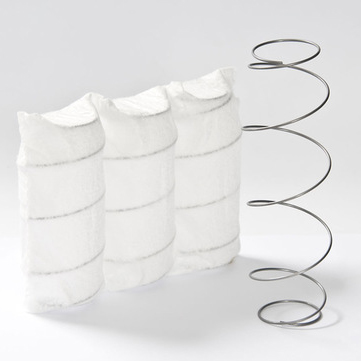
Nonwovens are popular nowadays. Many people buy non-woven fabrics without knowing how to identify them. In fact, according to the different chemical composition of non-woven fibers, the combustion characteristics are also different, so as to roughly distinguish the major categories of aluminized non-woven fibers. The comparison of combustion characteristics of several common non-woven fibers is introduced as follows.
1. Polypropylene fiber: Close to the flame: melting shrinkage; Contact with flame: melting, burning; Leave the flame: continue to burn; Smell: paraffin smell; Residue characteristics: gray white hard transparent bead.
2. Cotton, linen, viscose fiber, copper ammonia fiber: Close to the flame: non shrinking and non melting; Contact with flame: rapid combustion; Leave the flame: continue to burn; Smell: smell of burning paper; Residue characteristics: a small amount of gray black or gray white ash.
3. Spandex fiber: Close to the flame: melting shrinkage; Contact with flame: melting, burning; Leave the flame: self extinguishing; Smell: special smell; Residue characteristics: white colloidal.
4. Silk and wool fiber: Close to the flame: curl and melt; Contact with flame: curl, melt, burn; Leave the flame: slow burning and sometimes self extinguishing; Smell: smell of singeing hair; Residue characteristics: loose and brittle black particles or coke.
5. Polyester fiber: Close to flame: melting shrinkage; Contact with flame: melting, smoking, slow burning; Leave the flame: continue to burn, sometimes self extinguish; Smell: special aromatic sweet taste; Residue feature: hard black ball.
6. Vinylon fiber: Close to the flame: melting shrinkage; Contact with flame: melting, burning; Leave the flame: continue to burn and emit black smoke; Smell: special fragrance; Residue characteristics: irregular brown hard lump.
7. Nylon fiber: Close to the flame: melting shrinkage; Contact with flame: melting and smoking; Leave the flame: self extinguishing; Odor: amino smell; Residue characteristics: hard light brown transparent beads.
8. Acrylic fiber: Close to the flame: melting shrinkage; Contact with flame: melting and smoking; Leave the flame: continue to burn and emit black smoke; Smell: spicy; Residue characteristics: black irregular beads, fragile.
9. Chlorine fiber: Close to the flame: melting shrinkage; Contact with flame: melting, burning, emitting black smoke; Leave the flame: self extinguish; Smell: pungent smell; Residue characteristics: dark brown hard lump.
By Shirley Fu
Post time: Nov-22-2022








